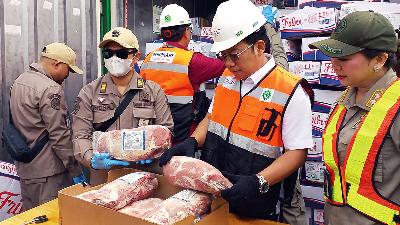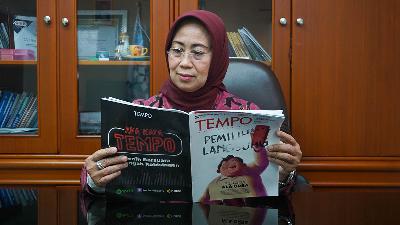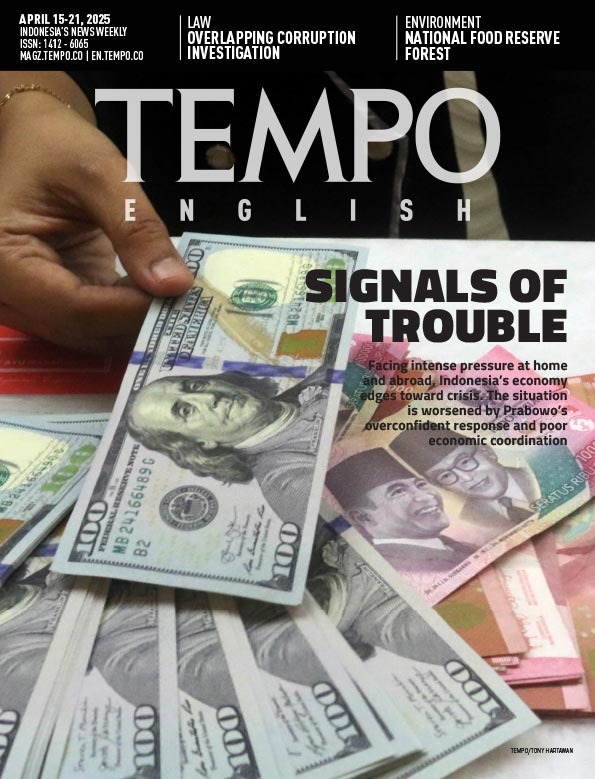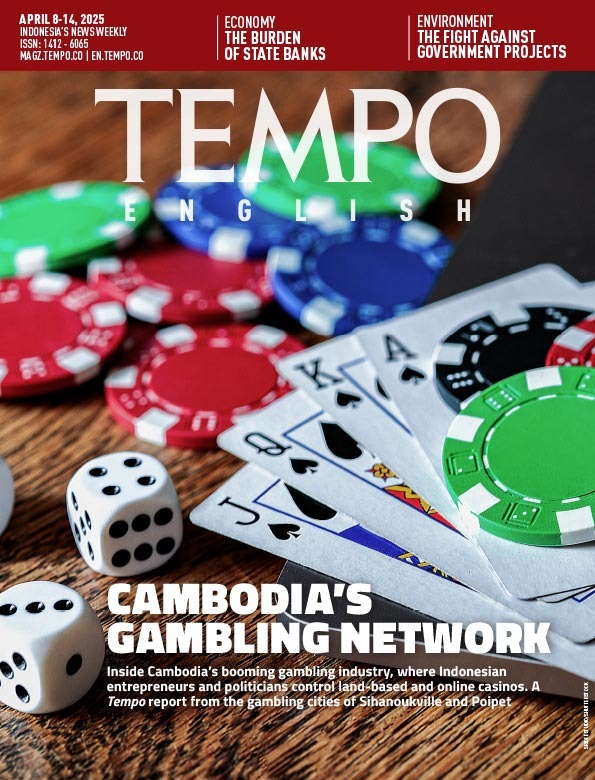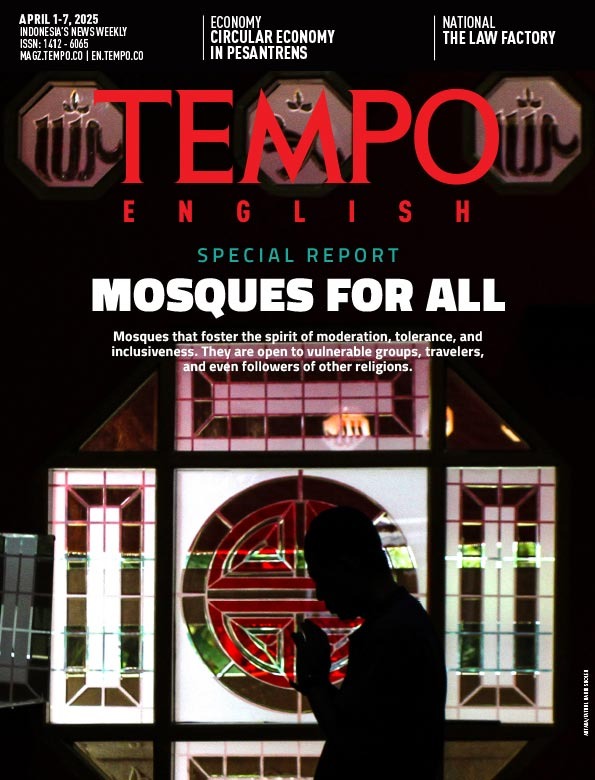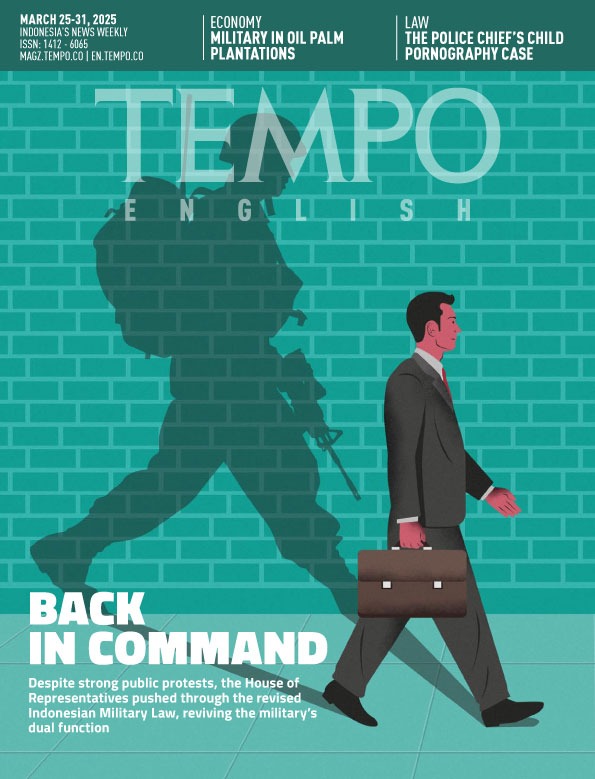Reduce Waste from the Source
Monday, February 24, 2025
The government is struggling with the ‘collect-transport-dispose’ way of dealing with waste that is proven to be a failure. Waste must be reduced from the source.
arsip tempo : 174463863368.
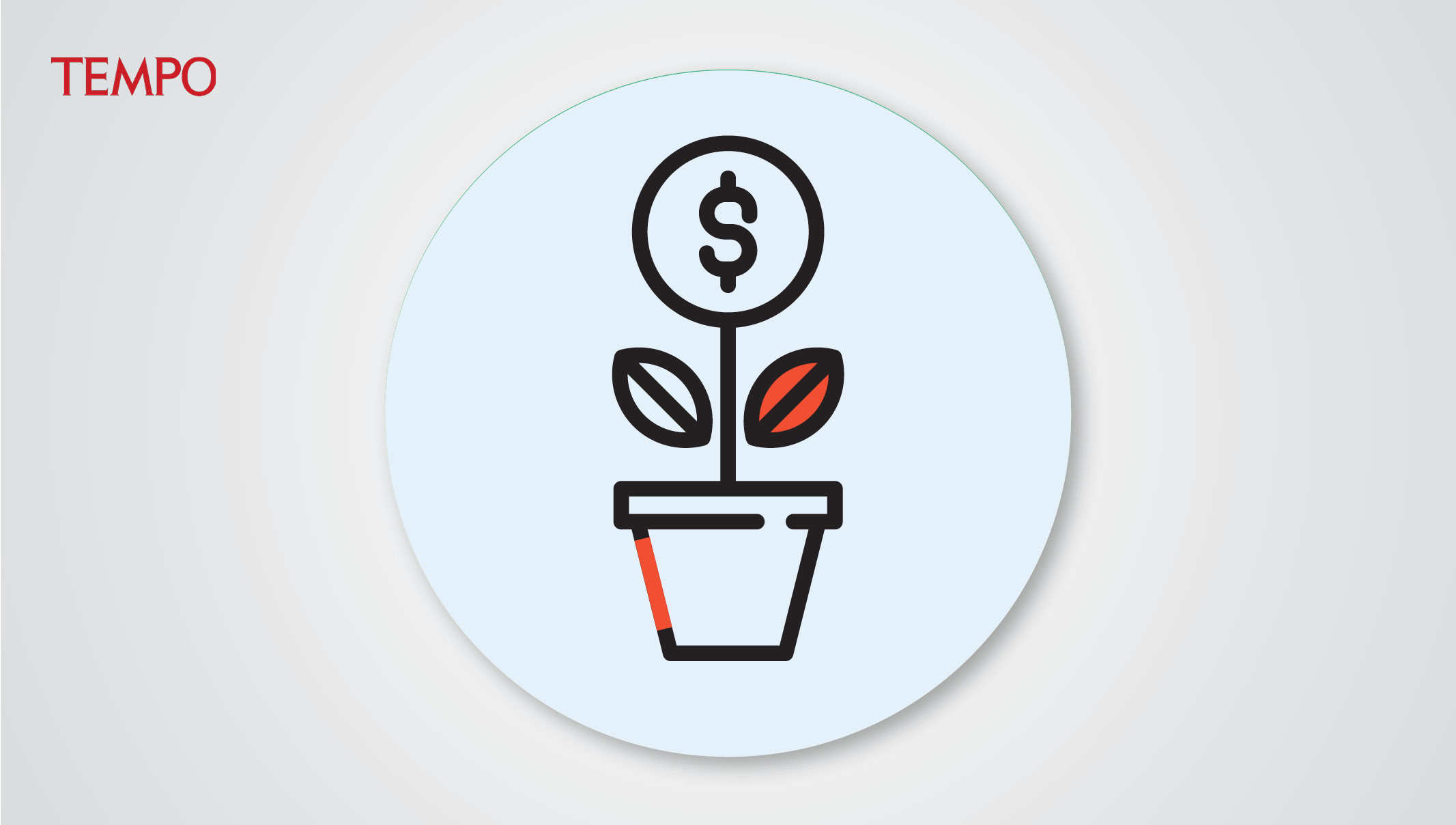
WITHOUT a radical breakthrough, there is no way the government will achieve its targets of reducing household waste by 30 percent and of processing waste by 70 percent by 2025. The handling of waste is still an indicator of failure of almost every city and regency administration in Indonesia.
As of the end of 2024, data from 278 regencies and cities in the Ministry of the Environment’s National Waste Management Information System showed that the reduction of waste was only 13.83 percent, while only 47.76 percent of the waste received had been processed. This reflects the failure of policy as well as low collective awareness about waste management.
The mountains of waste at final waste processing sites (TPA) is a consequence of the failure to manage waste from the source. If we compare with Japan, the Indonesian government’s approach in handling waste is very different. While Japan stresses waste management from the source using the principle of reduce, reuse, recycle, or 3Rs, the Indonesian government is still trapped in the paradigm of collect-transport-dispose. As a result, the mountains of waste are now exceeding the capacity of TPAs.
These mountains of waste are more than simply a technical problem, they are a real threat to the safety of people living near them. Last year, there were dozens of fires at TPAs, including those in Suwung (Denpasar, Bali), Jatibarang (Semarang, Central Java) and Antang (Makassar, South Sulawesi). As well as this, piles of waste at open TPAs cause an accumulation of dangerous methane gas, which can explode at any time, as happened in the 2005 waste landslide tragedy in the Leuwigajah TPA, Cimahi, West Java that killed 157 people.
Twenty years after the Leuwigajah tragedy, the government has still failed to overcome the waste management problem. There have been a number of policies, but many have failed to reach the right target. For example, President Joko Widodo proclaimed a waste emergency in 2015 and said the government would rely on waste-fueled power plants (PLTSa). But a 2019 study by the Corruption Eradication Commission concluded that these plants would not be an effective way to overcome the waste emergency because of the high investment costs and the long project cycle.
If the government followed Japan’s example, perhaps the story would be different. Japan has not only produced strict regulations but also ensures that there is public education and effective collaboration between stakeholders. There have been frequent policy revisions in line with developments, including sharing the responsibility for waste management between city governments and businesses. In Japan, individual awareness about the responsibility for the waste they produce is instilled in people from an early age.
In Indonesia, there are good practices that could serve as an example. For example, the Surabaya city government in East Java established recycling centers at the subdistrict level and now manages more than half of the three million tons of waste collected every day. Environmental officers in each neighborhood are also active in separating and processing waste. Waste that still has an economic value is sold to trash banks, while organic waste is processed into compost.
So why is the Surabaya model not being adopted nationwide? Why is the government still sticking to the failed collect-transport-dispose approach? It is time a 3Rs strategy is implemented on a wild scale to overcome the increasingly threatening waste crisis.





